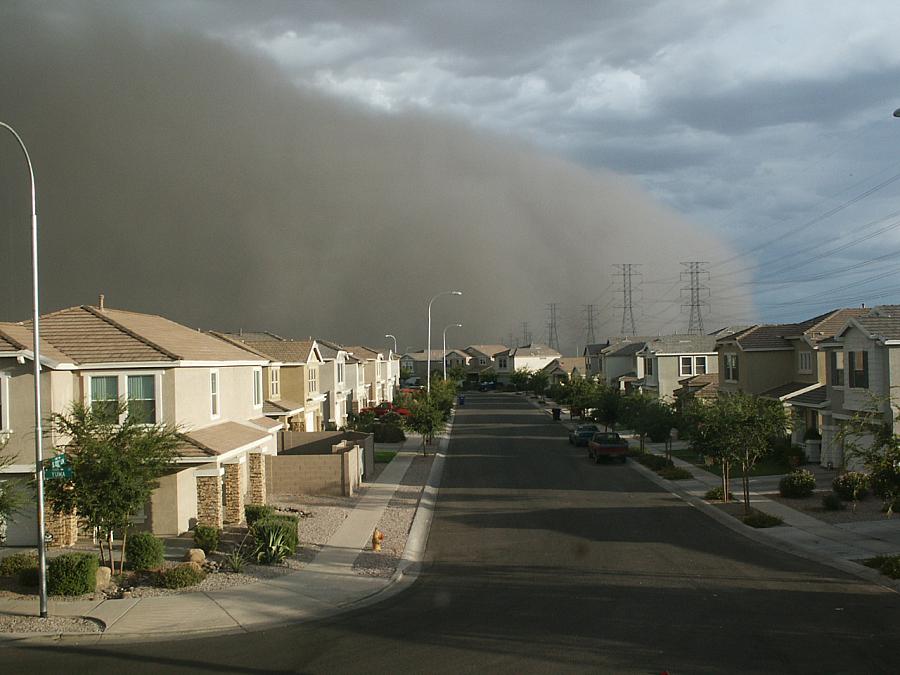Just One Breath: Better medical education badly needed in valley fever battle

Dust storms can spread valley fever spores.
One of the biggest challenges in the fight against valley fever is the fact that doctors – and patients – often don’t know that they are fighting valley fever.
A patient arrives in the hospital fatigued and feverish. He is diagnosed with influenza or the common cold and sent home. The condition can worsen quickly and, by that time, the fungal spores that the patient has breathed have caused an infection that is so widespread that it is much harder to treat.
This happened to Todd Schaefer. And to Ana Magaña. And to Jayden Lugo. Now 10, Lugo has had to undergo more than 50 surgeries to deal with complications from the disease, which spread to her brain.
Last week, the Health Officers Association of California (HOAC) Board of Directors announced it would create a Continuing Medical Education (CME) program for coccidioidomycosis, also known as valley fever, to help public health professionals and physicians better recognize the disease. The announcement was made via U.S. Rep. Kevin McCarthy, the Bakersfield Republican who chairs the Congressional Valley Fever Task Force. McCarthy, the newly elected House majority leader, was the force behind bringing the U.S. Centers for Disease Control and Prevention and the National Institutes of Health to Bakersfield last year, where the agencies promised to put new funding into valley fever research.
“These preventative measures are important to valley fever patients because early diagnosis can reduce the severity of the symptoms of this disease and lead to a quicker recovery,” he said in a statement.
The news comes a few weeks after another announcement by McCarthy, that the U.S. Food and Drug Agency was going to add the Coccidioides fungus on its list of “qualifying pathogens” for special consideration under the Generating Antibiotic Incentives Now (GAIN) law. As the Pew Charitable Trusts described GAIN:
This bipartisan legislation extends by five years the exclusivity period during which certain antibiotics—those that treat serious or life-threatening infections—can be sold without generic competition. This additional period of exclusivity increases the potential for profits from new antibiotics by giving innovative companies more time to recoup their investment costs.
It’s unfortunate that medical societies had to be shamed by widespread press coverage – by the Reporting on Health Collaborative and others – and by a powerful Congressman before they decided to institute regular CME on valley fever. It doesn’t appear that any funding will be provided – state or federal – for this new CME, but this is an important first step. Under current law, California doctors are required to take CME courses to maintain their medical license. This valley fever CME will cover the history of this disease, epidemiology and clinical factors to help doctors make diagnosis, and treatment therapies.
Better diagnosis of the disease could have three important effects.
First, People like Jayden Lugo should get the proper treatment they need sooner. Second, better awareness likely will lead to more cases being counted and more attention and funding to the disease.
By some estimates, more than 130,000 people contract the disease in the United States annually without being properly diagnosed. That’s more than the annual number of new HIV cases every year (about 50,000).
But the official statistics by the Centers for Disease Control and Prevention only capture between 10,000 and 20,000 cases every year. For 2012, the agency logged about 18,000 cases.
Between 1998 and 2012, the agency tracked about 130,000 cases nationwide, meaning that there could be more cases that go undiagnosed in single year than all the known cases of the disease from 15 years of surveillance.
Lastly, better diagnosis could lead to something valley fever researchers have been working on for a very long time: a vaccine.
“The formation of a Valley Fever continuing medical education program is an important next step in raising general awareness; establishing urgency for requiring practitioner competency in identifying and managing infections; and generating the momentum for development of effective Valley Fever diagnostics, cures and a vaccine," Dr. Claudia Jonah, the Public Health Officer of Kern County, said in a statement in response to McCarthy’s announcement.”
This new initiative by McCarthy could be the beginning of a very encouraging time for people paying attention to valley fever. It will be interesting to see whether any local medical associations, provider groups or big market players like Kaiser will start requiring or urging their members to take these CME courses.
When the House majority leader takes up your cause, wheels can start to move.
Photo by changvoll via Flickr.
